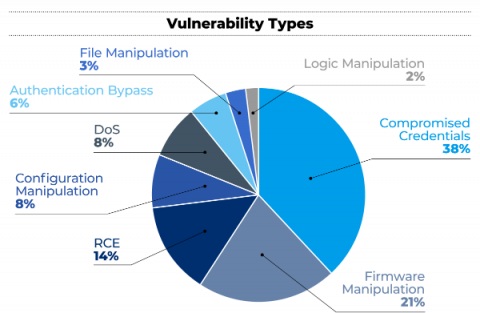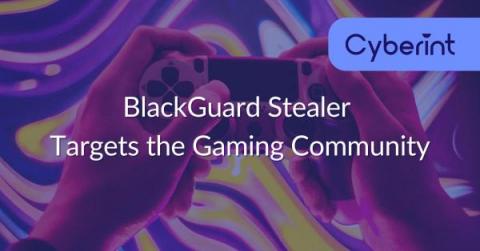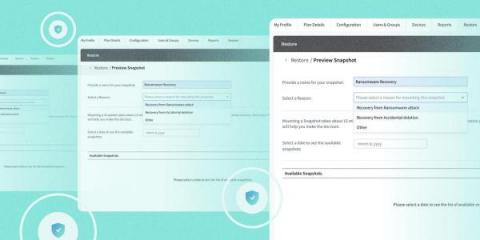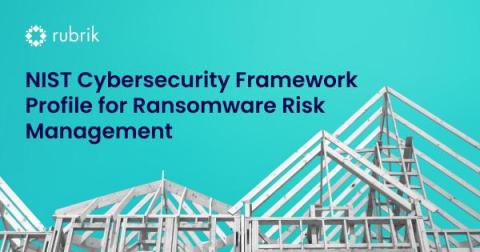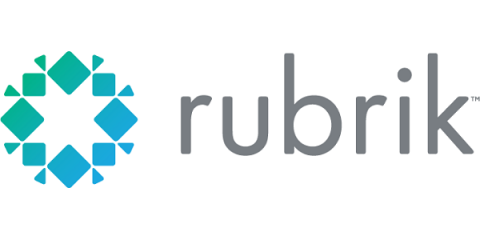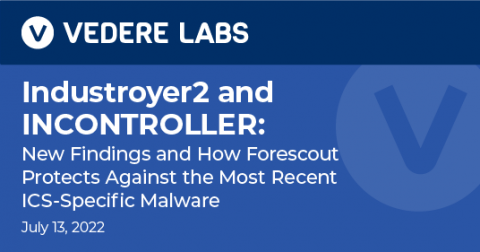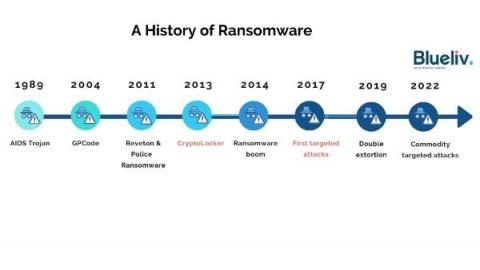OT:ICEFALL: 56 Vulnerabilities Caused by Insecure-by-Design Practices in OT
It has been 10 years since Project Basecamp, a research project conducted by Digital Bond that investigated how critical operational technology (OT) devices and protocols were, to use the term they coined, “insecure by design.” Since then, we have seen hugely impactful real-world OT malware such as Industroyer, TRITON, Industroyer2 and INCONTROLLER abusing insecure-by-design functionality.


